【新唐人2011年8月29日訊】「維基解密」最新披露的美國外交電文指出,中共核電計劃存在潛在危機,電文警告,中國核電選擇廉價、過時的相關技術高速發展,使得中國爆發核子事故的風險大幅增加。請看報導。
日本福島核電站事故發生後,今年3月中共一度暫停新電站的擴充計劃。但不久前,中共當局聲稱,完成對現有13座核電站的安全檢查,對三門電站等在建核電站的檢查,預計今年秋季完成。顯然,中共的核電站的擴充計劃正在野心勃勃的進行當中。
據英國《衛報》8月26號引述「維基解密」最新公布的美國外交電文指出,中國正在建造的22座核電站,有20座採用中國自主設計的CPR-1000 (improved Chinese PWR) 堆型,技術是“廉價,過時”的,而且由於大規模採用,極大增加了核事故的風險。
對於中共當局繞過世界上最先進的由美國研發的AP-1000反應堆,而繼續選用以大亞灣核電廠為藍本的國產反應堆,美國方面表示憂慮,認為這是一個危險的選擇。因為按照美國「西屋電器 (Westinghouse)公司」的說法,AP-1000技術比CPR-1000安全100倍,AP-1000 的“被動安全技術”確保在災難發生的時候,核反應爐會自動關閉。
有關專家指出,沒有這一功能的核電站風險很高,被視為缺乏安全性,中國的核反應爐,使用的正是沒有「被動安全技術」的CPR-1000,災難發生時需要依靠人力來控制,困難度高出很多。這使得中國所有核電廠的綜合風險正大幅增加,中共當局也承認,它不如新型號安全。
另一封美國外交電文指出,中國培訓核電人才的速度,追不上核電的高速發展,大大增加核事故風險,擔心會成為高鐵事故的翻版。
電文還披露,中國「所有核反應爐的購買,至今大多是高層內部的政治決定,缺乏任何公開程序」。 電文還指出,中國核電廠招標過程不透明、政府遊說施加影響,以及,與中國快速擴充的核子部門管理與規範監督存在問題。
美國「哈佛大學」中國核計劃專家周贇說,日本福島核事故發生後,中國罕見的暫停新核電專案,這顯示出專案安全當初缺乏審慎的評估。
中國計劃在2020年前建成50到60座新的核電廠,其中36座,計劃未來十年中建成。
8月26號,位於深圳大亞灣核電基地的「廣東嶺澳核電站」二期全面建成投產。大亞灣核電站,是中國第二座核電站。上世紀80年代,大亞灣核電站籌建之初,上百萬香港民眾曾簽名反對。
大亞灣核電站建成後曾多次發生核洩漏事故。僅去年(2010年)一年就有三次事故。2010年5月23號,核幅射洩漏超出廠區範圍,嚴重威脅附近居民性命安全。據報導,發生洩漏的元件是最內層的核保護層燃料棒,原先一直使用法國出產的燃料棒,三年前開始轉用大陸制的軍用燃料棒。
去年(2010年)10月23號,冷卻反應堆的喉管發現三條裂紋,並滲漏出帶有輻射的硼結晶,相當於照20次X光的劑量。這次洩漏事故事件按照國際核事件分級表屬於第一級的異常事件,但核電廠洩露事故直到一個月後才被媒體披露,民眾因此質疑核電站有意隱瞞。
《前哨》雜誌總編輯劉達文指出,大亞灣核電站經常隱瞞事故、不受監管,當中涉及中共官商勾結,直接觸及控制著中國電力系統的李鵬家族。
新唐人記者許旻、李若琳綜合報導。
China』s Nuclear Reactors a Risk
A latest U.S. diplomatic cable released by WikiLeaks reveals
that China』s nuclear power program poses a potential risk.
It warns that China』s authorities opt for cheap and outdated
technologies for its nuclear expansion.
This vastly increases the risk of nuclear accidents.
After Japan』s Fukushima Nuclear Accident in March 2011,
the Chinese Communist Party (CCP)
temporarily halted its nuclear expansion program.
Not long ago, the CCP authorities announced that the 13
existing nuclear plants passed official safety inspections.
Checks for the facilities under construction such as the
Sanmen Nuclear Plant would be finished by October.
The CCP』s nuclear expansion is apparently well under way.
On August 26, the Guardian reported that 20 of 22 nuclear
plants under construction used cheap CPR-1000 reactors.
This has "vastly increased" the risk of a nuclear accidents,
according to a U.S. diplomatic cable.
The U.S. is concerned that the CCP authorities
bypassed the state-of-the-art AP1000 reactor
developed by the U.S. company Westinghouse.
China continues to use domestically produced reactors
supplied by Daya Bay (Daya Wan) Nuclear Plant.
This was a dangerous choice.
According to Westinghouse, AP-1000 is 100 times safer
than CPR-1000. Because in the event of a disaster,
AP-1000』s Passive Safety Technology ensures that
a reactor will automatically shut down.
Experts point out that without this feature,
a nuclear plant is considered highly risky.
The CPR-1000 employed by China』s nuclear plants
is without the :Passive Safety Technology.”
In the event of a disaster, the plant would rely on human
intervention – difficult to provide during a crisis situation.
This vastly increases the combined risk
of China』s existing nuclear plants.
The CCP authorities also acknowledged
that CPR-1000 is less safe than the newer models.
WikiLeaks revealed that the speed China』s nuclear
expansion is faster than the training speed of the personnel.
This greatly increases the risk of nuclear accidents, and
the nuclear plants may end up to be like high-speed trains.
According to WikiLeaks, the purchases of China』s reactors
to date have been decided internally by high level officials.
absent of an open process."
The document highlights the secrecy of the opaque
bidding process for power plant contracts, the CCP authorities』
influence and potential weaknesses in the management
and regulatory oversight of fast-expanding nuclear sector.
Zhou Yun, nuclear expert at Harvard University,
said that in the wake of Fukushima Nuclear Accident,
the CCP authorities suspended the permits for new plants.
This showed that it lacked careful initial safety assessment
on the nuclear power projects.
The CCP authorities plan to build 50-60 new nuclear plants
by 2020. 36 of them will be completed in the next 10 years.
On August 26, Daya Bay Nuclear Power Station』s
Guangdong Ling Ao Nuclear Power station second phase
was put into operation.
The Daya Bay plant is China』s second nuclear power station.
In the 1980s, during its Preparation & Construction Phase,
a million Hong Kong citizens signed a petition opposing it.
After operation started, the Daya Bay Nuclear Plant
experienced several radioactive leakages.
In 2010 alone, leakage accidents occurred three times.
On May 23, 2010, the leakage-affected range was beyond
the plant premises, threatening the nearby residents.
It was reported that radioactive leakage came from
the innermost fuel rods.
The fuel rods were previously imported from France,
but 3 years ago, the plant started to use domestic ones.
On October 23, 2010, three cracks were found on the
cooling pipelines of the reactor,
long with the leakage of radioactive boron crystals,
equivalent to 20 chest X-rays.
The event was assessed as Level 1
on the International Nuclear Event Scale,
This was not reported until a month later. This aroused the
public』s doubt of an authorities』 intentional cover-up.
Lau Tat Man, ex Editor-in-Chief of Outpost Magazine, said
that the Daya Bay Nuclear Plant often conceals accidents.
Behind all this are the collusions between CCP officials
and businessmen.
This is directly linked to ex-CCP premier Li Peng』s family,
who controls China's electrical power system.
NTD reporters Xu Min and Li Ruolin
看下一集
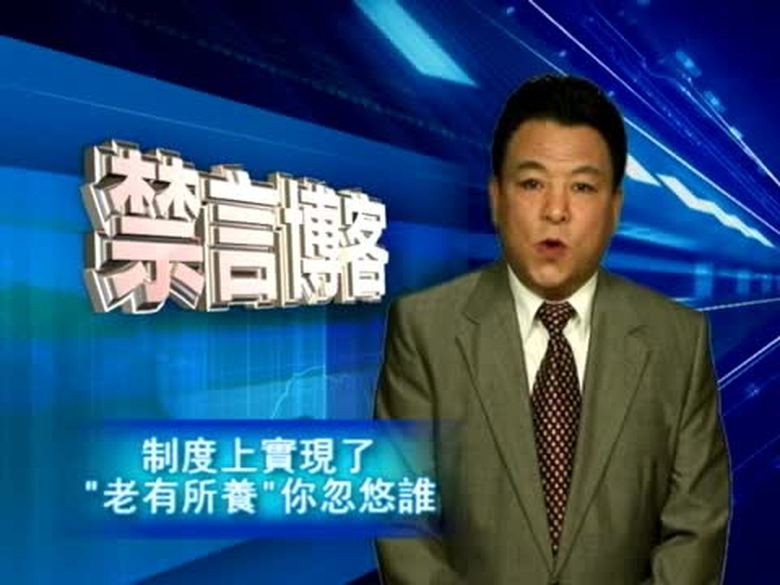
【禁言博客 】制度上實現了“老有所養” 你忽悠誰
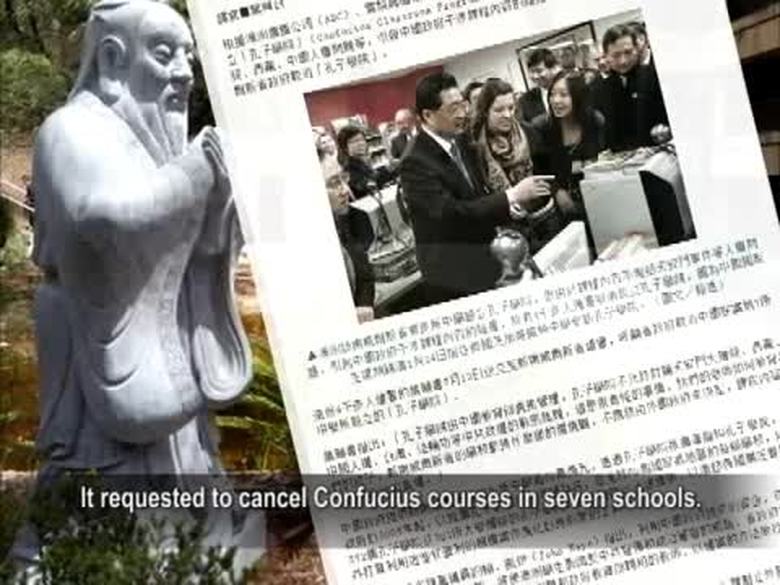
【禁聞】中共海外孔子學院 全球遭抵制
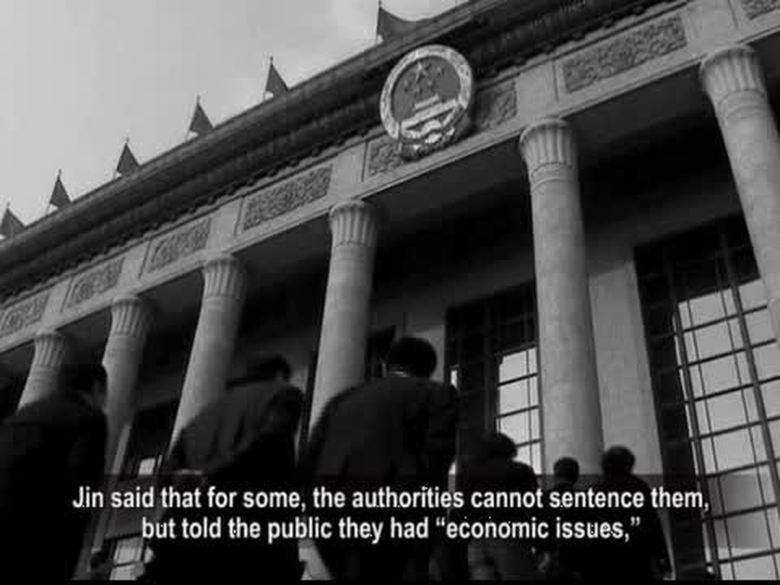
【禁聞】中共少將驚曝:落馬高官是外諜

【禁聞】新浪暫停數微博帳號 博客堅持發聲
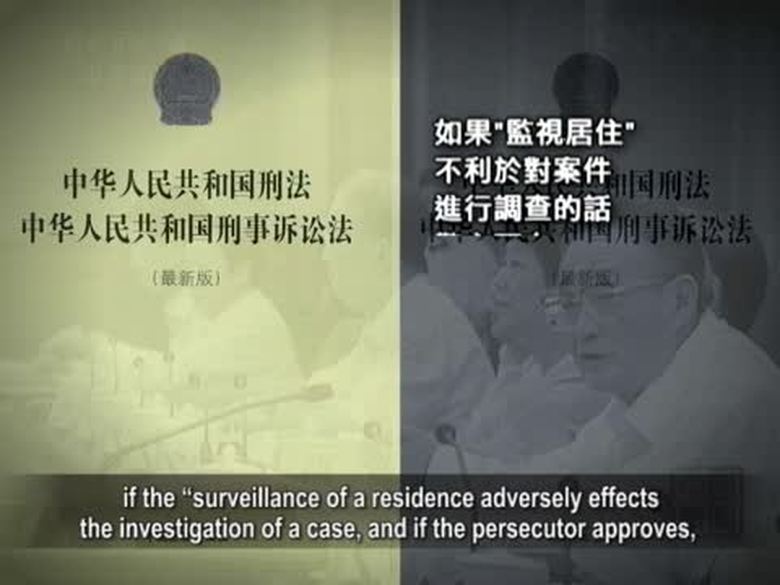
【禁聞】秘押監視合法化 中國將成大監獄
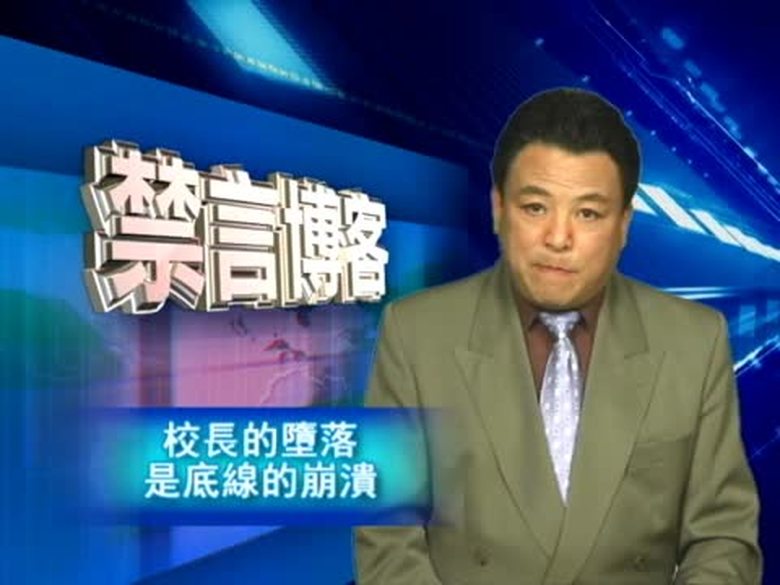
【禁言博客】校長的墮落是底線的崩潰

【禁聞】中國網民熱議“利比亞模式”
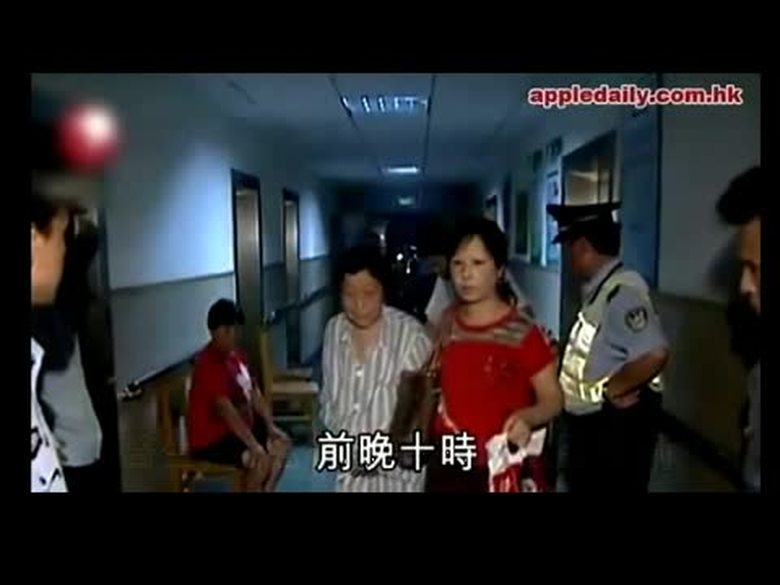
【禁聞】體制不全醫德淪喪 醫護撇病患逃命

【禁聞】畫展遭禁 小販夏俊峰之子引關注
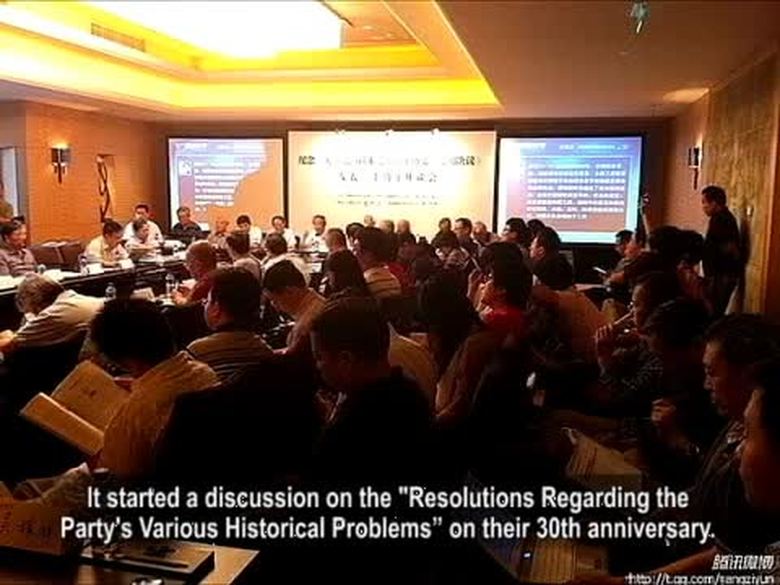
【禁聞】胡耀邦之子倡民主 體制內精英抒見
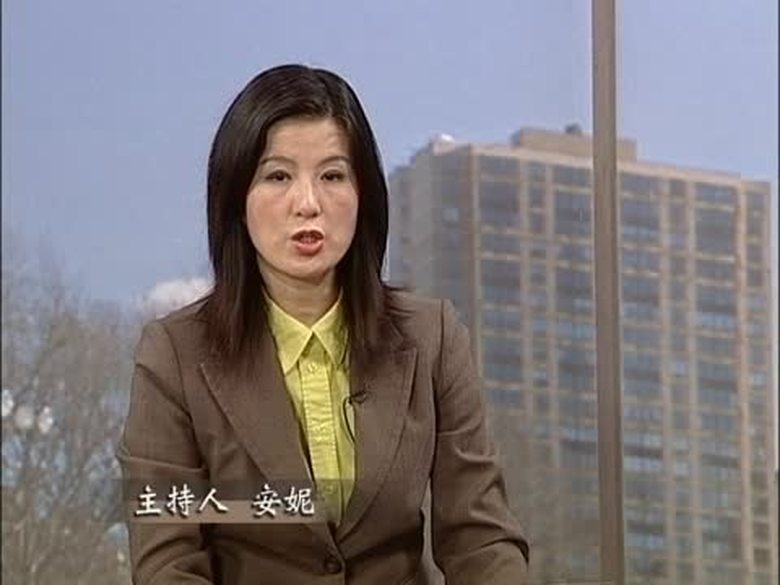
【禁聞論壇】高利貸是中國最可怕的金融風險?

【禁聞】中共面對利比亞新政府
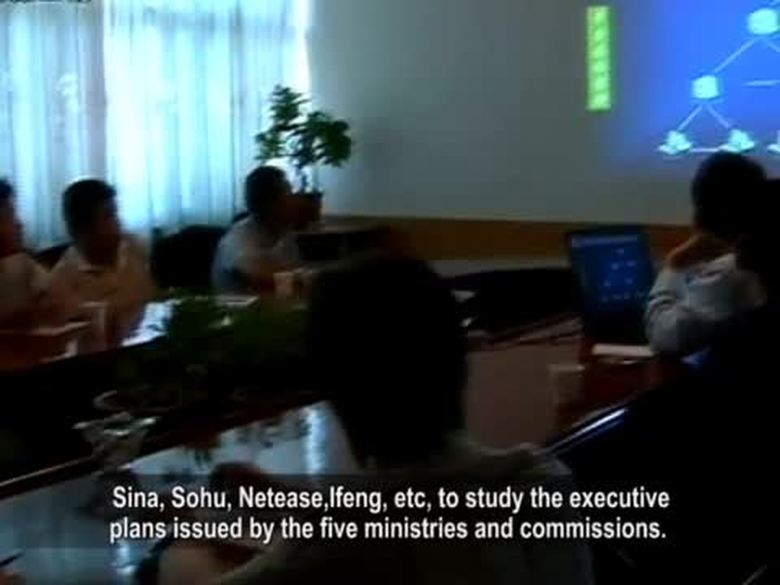
【禁聞】微博闢謠封帳戶 到“假冒用戶”

【禁聞】駱家輝清廉做派 中共罵新殖民主義
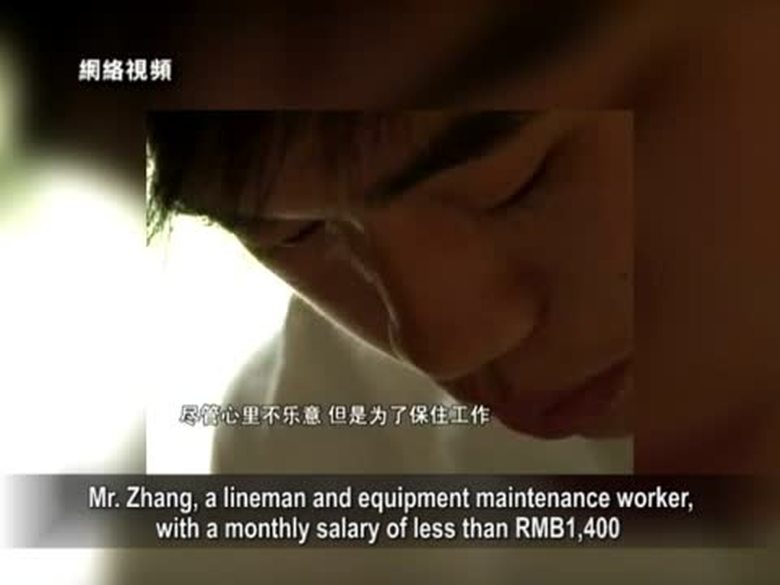
【禁聞】反對我就反對黨 蕪湖最牛黨官遭辭
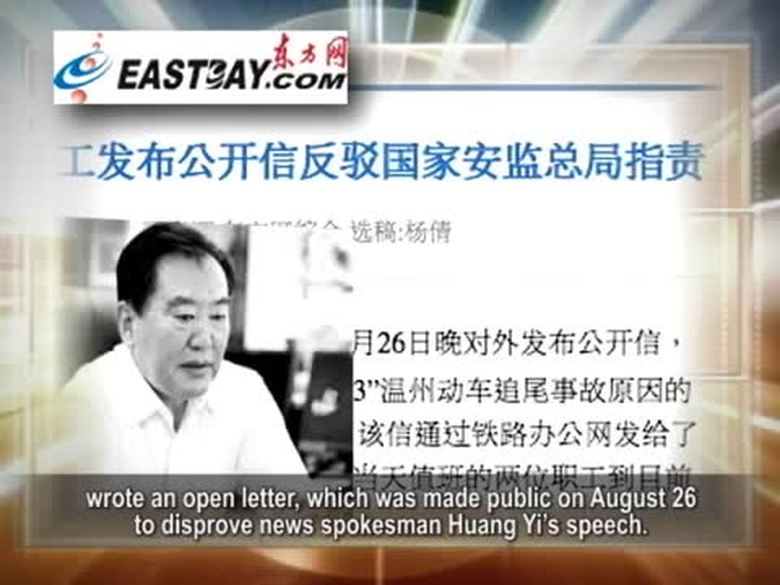
【禁聞】溫州南站電務段發公開信 喊冤








